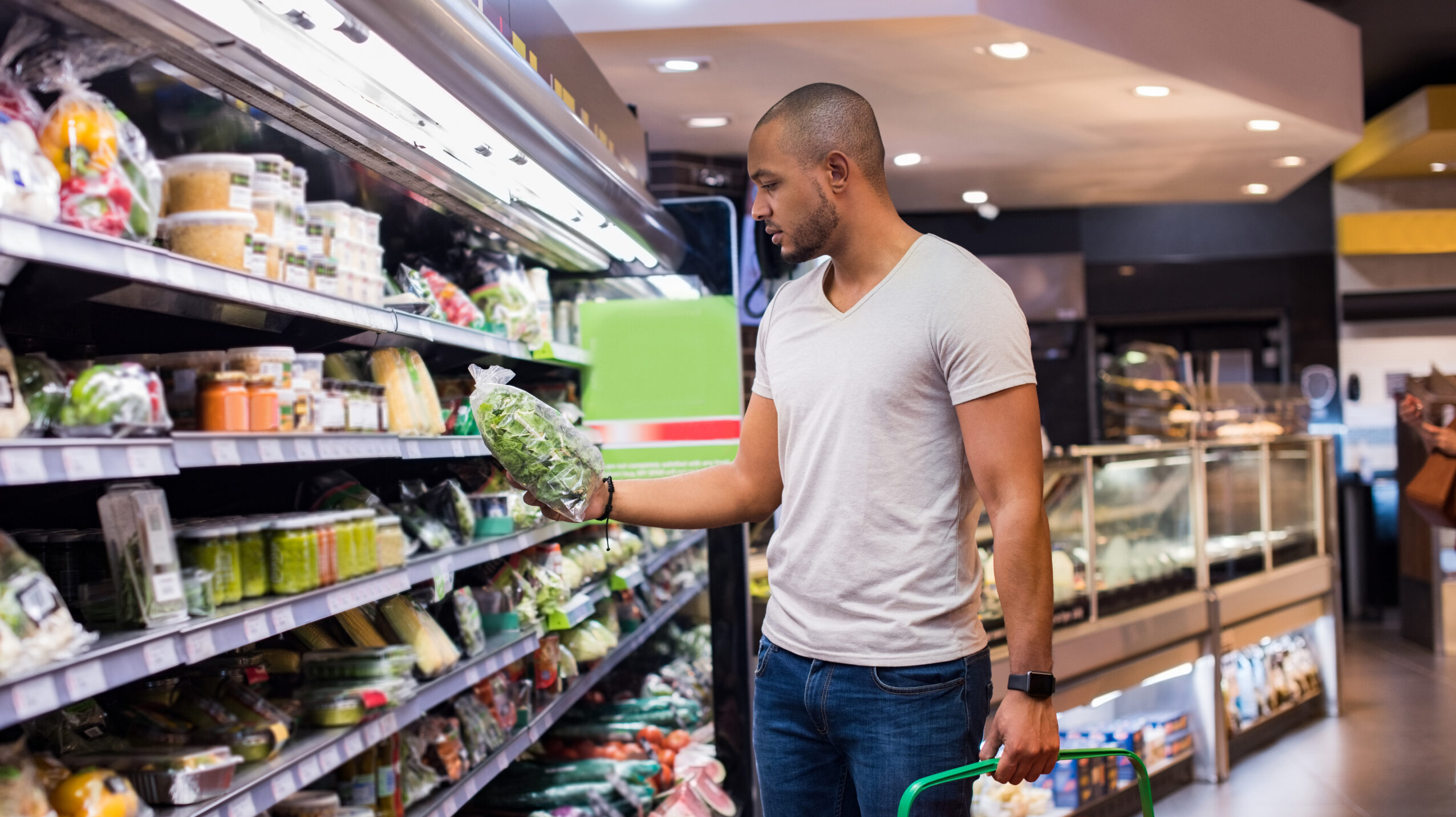Current events are driving trends in food and beverage marketing, reshaping the way that consumers make choices. Some of these movements seem poised to intensify as we move forward, while others may or may not wane as society attempts to move past the peak of the pandemic. Savvy marketers in the industry will watch the following four trends with close scrutiny, making product and promotional decisions accordingly.
Sustainability, Ethics, and Transparency
54% of respondents to a recent International Food Information Council survey indicated that sustainability was important to them when making food and beverage selections.1
Brands that can effectively communicate their commitment to food safety, clean labels, environmentalism, ethically sourced ingredients, humane treatment of animals, and other progressive social stances are poised to increase their consumer loyalty and market share.
Ensuring that these stories are effectively shared involves a holistic approach to branding. Blogs, podcasts, micro influencers, and, of course, social media can play an important role: authenticity is the buzzword.
“Overly produced and perfectly posed social media accounts are not in vogue going forward. Embrace a lifestyle component with real stories, behind the scenes dialogue, and a community strategy,” advises Crew Marketing Partners2, who urge food and beverage brands to consider the sense of health, wellness or impact they’re communicating.
Technology plays an important role in this transparency. Mondelez International recently announced a project that will allow consumers of their Triscuit crackers to trace the wheat’s path from farm to factory using their cell phones.
“After entering the product’s ‘best by’ date located on the packaging, consumers can view the location of more than 127 farmers who participate in the Unity Gold Farmer Program and learn more about the wheat’s journey from the farms to the co-op elevator, mill and bakery. The app also affords consumers additional information specific to their particular batch of product, including the wheat harvest year and the date on which the cracker was baked.”3
Emotional and Lifestyle Trends in Food and Beverage
Emotions and lifestyle decisions are also factoring into food trends. During the pandemic, people spent more time cooking and snacking while also diverting some of their ‘going out money’ into new and novel grocery purchases. Perhaps it was a way of comforting ourselves and getting our ‘kicks’ in an otherwise troubling and housebound season.
As people try to move on from the pandemic, it will be interesting to see whether these new habits stick around. Thanksgiving-flavoured Pringles have given snackers something to be excited about, as have new Lady Gaga Oreos (no joke). Such flavor extensions are often seen as ‘comfort foods’.
“In some markets, indulgent categories have recognized the importance of emotions and have added on-pack messages about the potential feelings associated with a product,” says Glanbia Nutritionals.4
Foreign food flavours have experienced a boost in popularity as well, with people attempting to scratch the travel itch by cooking a wider range of dishes at home. Once again, current events may be impacting consumer habits.
“Civil unrest across the country has focused attention on cultures and ethnic groups whose offerings may not have been as explored before,” writes Lillianna Byington for Food Dive. “Consumers not only want to try something new but also support products that are authentic and come with a story.”5
Beneficial or Functional Ingredients
Superfoods to the rescue!
Recent years have shown us that information (as well as misinformation) can spread like wildfire on the internet and social media. All of this education, as well as a renewed emphasis on health and wellbeing in the wake of the pandemic, have fueled the continued rise of ‘beneficial’ or ‘functional’ ingredients, consumed in hopes of obtaining a specific health advantage.
“57% of global consumers say they are now more concerned about their immunity as a result of Covid-19,” reports Unleashed. “This is leading to a market uplift for products containing probiotics, prebiotics, and postbiotics.”1
Other foods or ingredients in vogue include fermented foods, kombucha, sauerkraut, turmeric, and chia seeds. Hemp-based products containing CBD are being consumed to battle anxiety, pain, sleeplessness, and depression.
According to the Food Marketing Institute “for the first time, eating foods that deliver ‘specific benefits for my body’ has surpassed consuming foods that are ‘good for me in a holistic way’ as an essential element in eating well.”6
It all adds up to a new approach to diet and new opportunities for food and beverage marketers.
Plant-Based Alternatives Continue to Gain Popularity
2.3 million Canadians consider themselves to be vegetarian2, but they’re not the only ones behind the rise of plant-based alternatives.
Considered by many to be healthier, more sustainable, and less cruel to animals than traditional meat and dairy products, plant-based alternatives are gaining popularity, even among meat-eaters. Branding efforts in the space focus on these concerns, offering a better way forward. An increased diversity of such products is fuelling their popularity, which, in turn, leads to more products, spiraling the trend upwards.
Nobody knows for sure which of the lifestyle trends coming down the pipe will endure, but whatever emerges in society as a whole will have implications on the way we eat. The onus will be on the food and beverage industry to respond accordingly.




